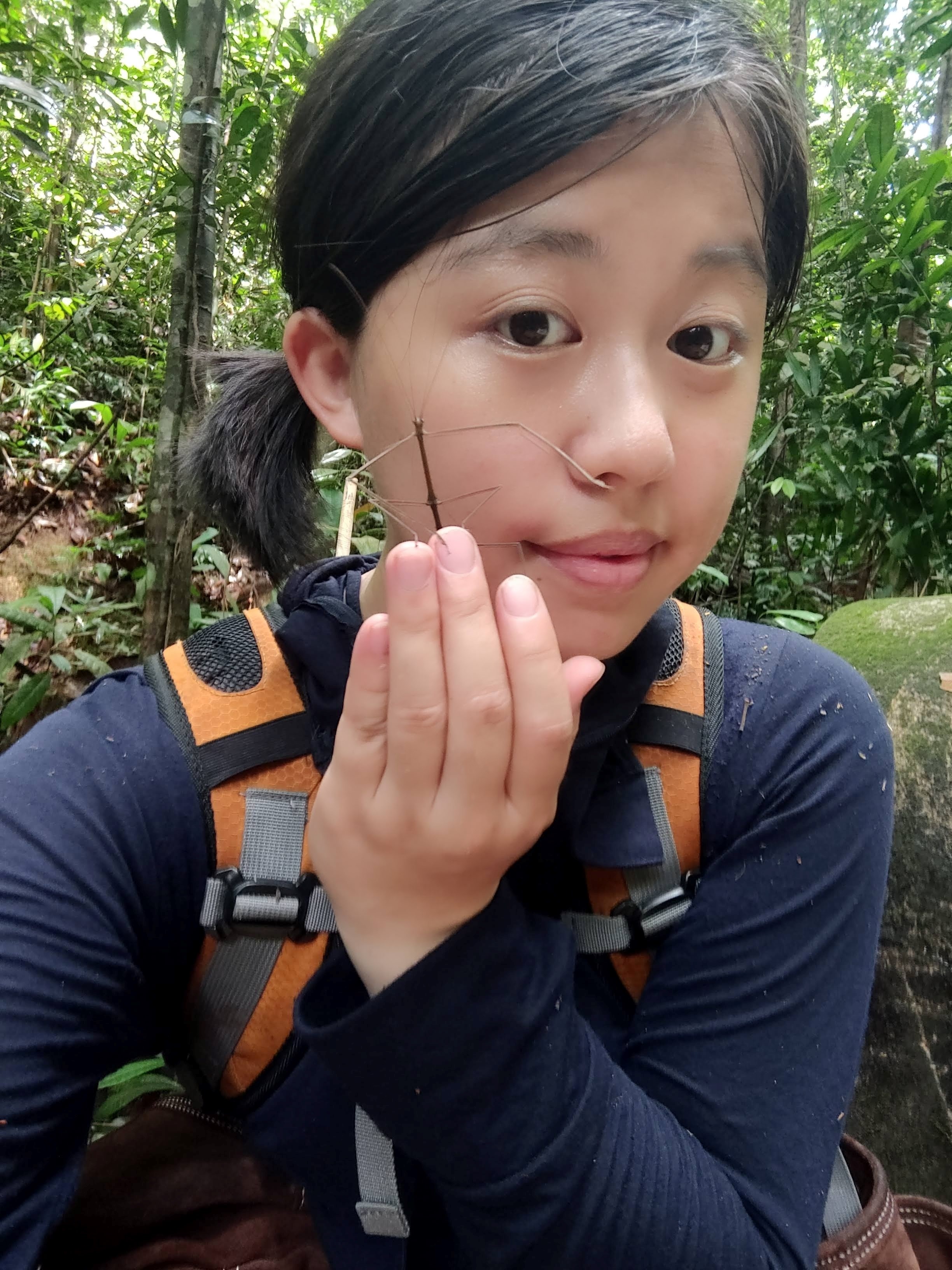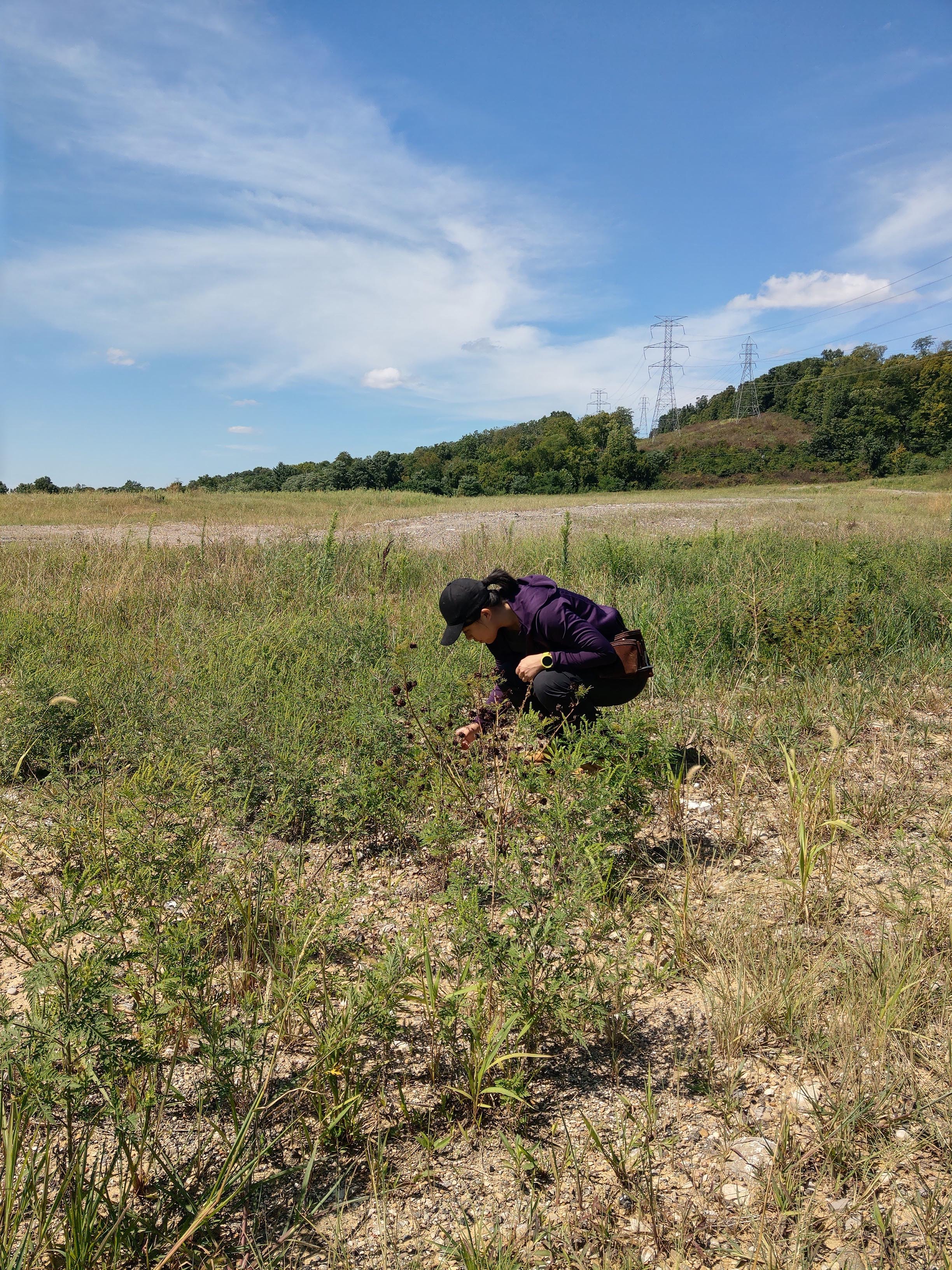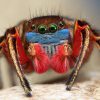I am fascinated by questions about how animals perceive the world around them, particularly in how they communicate and interact with conspecifics. My current research in the Morehouse lab investigates the visual perception, behavioral ecology, and evolution of paradise jumping spiders (genus Habronattus) and their colorful, species-specific faces.
I received my undergraduate degrees in Biology and Spanish from Berry College, where I got to immerse in the local wildlife and nature on the largest campus in the world as I trained in science, education, and community building. In my spare time, I enjoy playing ukulele and viola, hiking and exploring with my dog, and discovering visual artworks.
2018-present PhD Candidate, Biological Sciences, University of Cincinnati, Cincinnati, OH
2016-2018 Research Technician, Stowers Institute for Medical Research, Kansas City, MO
2012-2016 BS Biology, Spanish minor, Berry College, Mount Berry, GA




